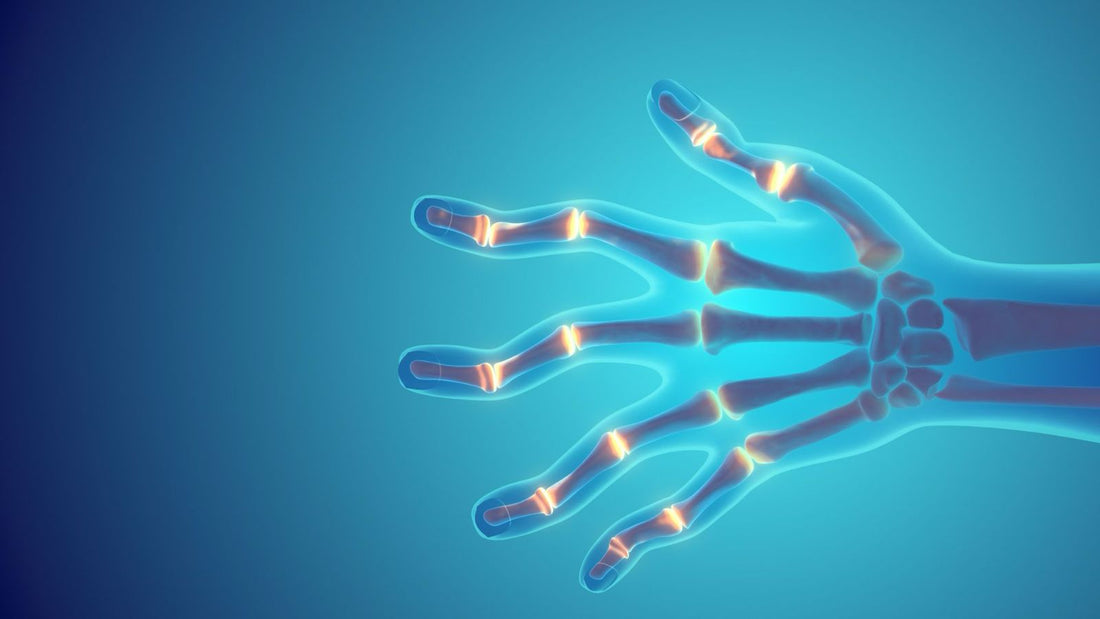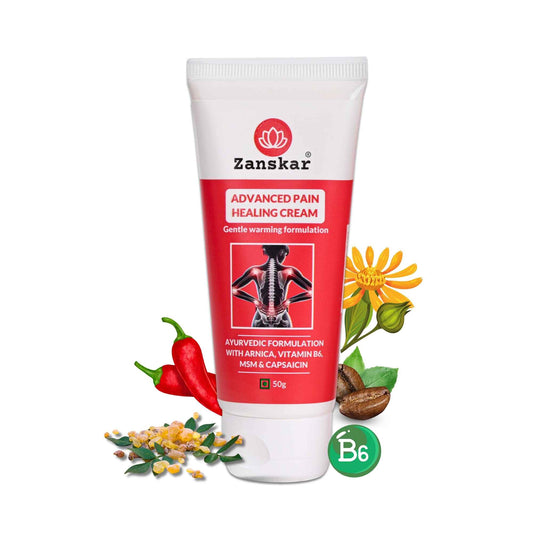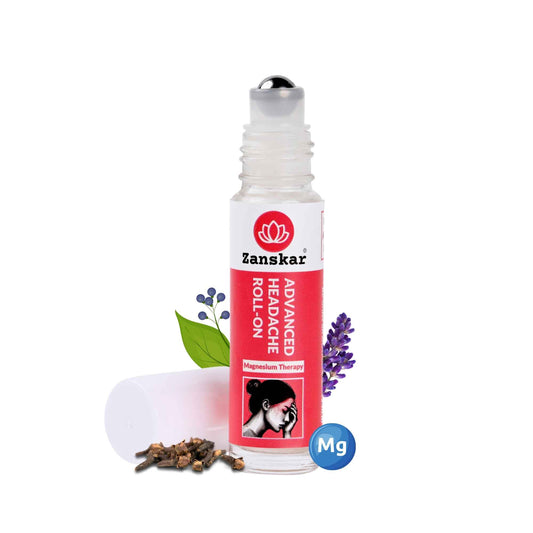
Rheumatoid Arthritis (RA): Causes, Symptoms and Treatments
Rheumatoid arthritis (RA) is a chronic autoimmune disease that mostly affects joints. It happens when the immune system doesn’t work properly and attacks the lining of the joints, called the synovium. The disease commonly affects the hands, knees or ankles, and usually the same joint on both sides of the body, such as both hands or both knees. But sometimes RA causes problems in other parts of the body as well, such as the eyes, heart and circulatory system and/or the lungs.
For unknown reasons, more women than men get RA, and it usually develops in middle age. Having a family member with RA increases the odds of developing RA.
What happens in rheumatoid arthritis?
Doctors do not know why the immune system attacks joint tissues. However, they do know that when a series of events occurs, rheumatoid arthritis can develop. This series of events includes:
- A combination of genes and exposure to environmental factors starts the development of RA.
- The immune system may be activated years before symptoms appear.
- The start of the autoimmune process may happen in other areas of the body, but the impact of the immune malfunction typically settles in the joints.
- Immune cells cause inflammation in the inner lining of the joint, called the synovium.
- This inflammation becomes chronic, and the synovium thickens due to an increase of cells, production of proteins, and other factors in the joint, which can lead to pain, redness, and warmth.
- As RA progresses, the thickened and inflamed synovium pushes further into the joint and destroys the cartilage and bone within the joint.
- As the joint capsule stretches, the forces cause changes within the joint structure.
- The surrounding muscles, ligaments, and tendons that support and stabilize the joint become weak over time and do not work as well. This can lead to more pain and joint damage, and problems using the affected joint.
Who Gets Rheumatoid Arthritis?
You are more likely to get rheumatoid arthritis if you have certain risk factors. These include:
- Age. The disease can happen at any age; however, the risk for developing rheumatoid arthritis increases with older age.
- Sex. Rheumatoid arthritis is more common among women than men. About two to three times as many women as men have the disease. Researchers think that reproductive and hormonal factors may play a role in the development of the disease for some women.
- Family history and genetics. If a family member has RA, you may be more likely to develop the disease. There are several genetic factors that slightly increase the risk of getting RA.
- Smoking. Research shows that people who smoke over a long period of time are at an increased risk of getting rheumatoid arthritis. For people who continue to smoke, the disease may be more severe.
- Obesity. Some research shows that being obese may increase your risk for the disease as well as limit how much the disease can be improved.
- Periodontitis. Gum disease may be associated with developing RA.
- Lung diseases. Diseases of the lungs and airways may also be associated with developing RA.
Symptoms of Rheumatoid Arthritis
RA affects people differently. However, the following symptoms are clues to RA:
- Joint pain, tenderness, swelling or stiffness that lasts for six weeks or longer.
- Morning stiffness that lasts for 30 minutes or longer.
- More than one joint is affected.
- Small joints (wrists, certain joints in the hands and feet) are typically affected first.
- The same joints on both sides of the body are affected.
- Occasional low-grade fever.
In some people, RA starts with mild or moderate inflammation affecting just a few joints. However, if it is not treated or the treatments are not working, RA can worsen and affect more joints. This can lead to more damage and disability.
At times, RA symptoms worsen in “flares” due to a trigger such as stress, environmental factors (such as cigarette smoke or viral infections), too much activity, or suddenly stopping medications.
Other Health Effects Commonly Associated with RA
- Eyes: Dryness, pain, inflammation, redness, sensitivity to light and trouble seeing properly.
- Mouth: Dryness and gum inflammation, irritation or infection.
- Skin: Rheumatoid nodules — small lumps under the skin over bony areas.
- Lungs: Inflammation and scarring that can lead to shortness of breath and lung disease.
- Blood vessels: Inflammation of blood vessels that can lead to damage in the nerves, skin and other organs.
- Blood: A lower than normal number of red blood cells.
- Heart: Inflammation can damage the heart muscle and the surrounding areas.
- Obesity: Painful joints also make it hard to exercise, leading to weight gain. Being overweight may make people with RA more likely to develop high cholesterol, diabetes, heart disease and high blood pressure.
Diagnosis
Getting an accurate diagnosis as soon as possible is the first step to treating RA effectively. A doctor with specialized training in treating arthritis (called a rheumatologist) is the best person to make a correct diagnosis, using medical history, a physical examination and lab tests.
1. Medical history. The doctor will ask about joint symptoms (pain, tenderness, stiffness, difficulty moving), when they started, if they come and go, how severe they are, what actions make them better or worse and whether family members have RA or another autoimmune disease.
2. Physical examination. The doctor will look for joint tenderness, swelling, warmth and painful or limited movement, bumps under the skin or a low-grade fever.
3. Blood tests. The blood tests look for inflammation and blood proteins (antibodies) that are linked to RA:
- Erythrocyte sedimentation rate (ESR, or “sed rate”) and C-reactive protein (CRP) levels are markers for inflammation. A high ESR or CRP combined with other clues to RA helps make the diagnosis.
- Rheumatoid factor (RF) is an antibody found in about 80% of people with RA.
4. Imaging tests. RA can cause the ends of the bones within a joint to wear down (erosions). An X-ray, ultrasound, or MRI (magnetic resonance imaging) scan can look for erosions.
Treatment
The goals of RA treatment are to:
- Stop inflammation or reduce it to the lowest possible level (put disease in remission).
- Relieve symptoms.
- Prevent joint and organ damage.
- Improve function and overall well-being.
- Reduce long-term complications.
To meet these goals, the doctor will follow these strategies:
- Early, aggressive treatment to reduce or stop inflammation as quickly as possible.
- Targeting remission or another goal (called "treat-to-target") to work toward few or no signs or symptoms of active inflammation.
- Tight control to keep inflammation at the lowest level possible.
Self-Care
Working with your doctor to ensure you get appropriate medical treatment is essential, but you can also take measures on your own to manage your RA and ease pain and fatigue.
- Healthy Eating. A balanced, nutritious diet consisting of the recommended amounts of all the food groups helps promote wellness and makes it easier to maintain a healthy weight.
- Daily movement. Even when you don’t have time to exercise, try to make movement part of your everyday routine. Use the stairs instead of taking the elevator. Park in a spot that makes you walk a bit to enter a building. Take the longer way to a meeting in your office.
- Balancing activity with rest. It's important to try to stay physically active even during a flare, but rest is also especially important when RA is active and joints feel painful, swollen or stiff. Rest helps reduce inflammation and fatigue that can come with a flare. Taking breaks throughout the day protects joints and preserves energy.
- Hot and cold treatments. Heat treatments, such as heat pads or warm baths, tend to work best for soothing stiff joints and tired muscles. Cold is best for acute pain and swollen joints. It can numb painful areas and reduce inflammation.
- Topical products. These creams, gels or stick-on patches can ease the pain in a joint or muscle. You can consider Zanskar's Joint Pain products for effective relief from RA pain.
- Supplements. Studies show that curcumin/turmeric and omega-3 supplements help with rheumatoid arthritis pain and morning stiffness. However, talk with a doctor before taking any supplement to discuss side effects and drug interactions.
Learn More About Zanskar Health
If you have joint or muscle pain that makes it hard to move, Zanskar offers the most advanced full stack pain relief solutions for you.
Now available to purchase, Zanskar® Advanced Pain Care Products have a unique formulation of natural bioactive ingredients and provide lasting relief from muscle and joint discomfort that you can feel good about. Get your fix before stocks run out - buy now.
You can also gain access to therapeutic exercises and stretches for your condition by downloading the Zanskar Health physiotherapy mobile app. Additionally, you’ll have a personal care team to guide, support, and tailor our program to you, including behavioral and nutritional coaching. Download our mobile app here 👉 download and track your exercise streak.
Medical Review: This article is written by Dr Nishtha Mittal (Senior Health Content Editor at Zanskar Health) and has been medically reviewed by the medical team at Zanskar Health. This article and its contents are provided for educational and informational purposes only and do not constitute medical advice or professional services specific to you or your medical condition.








